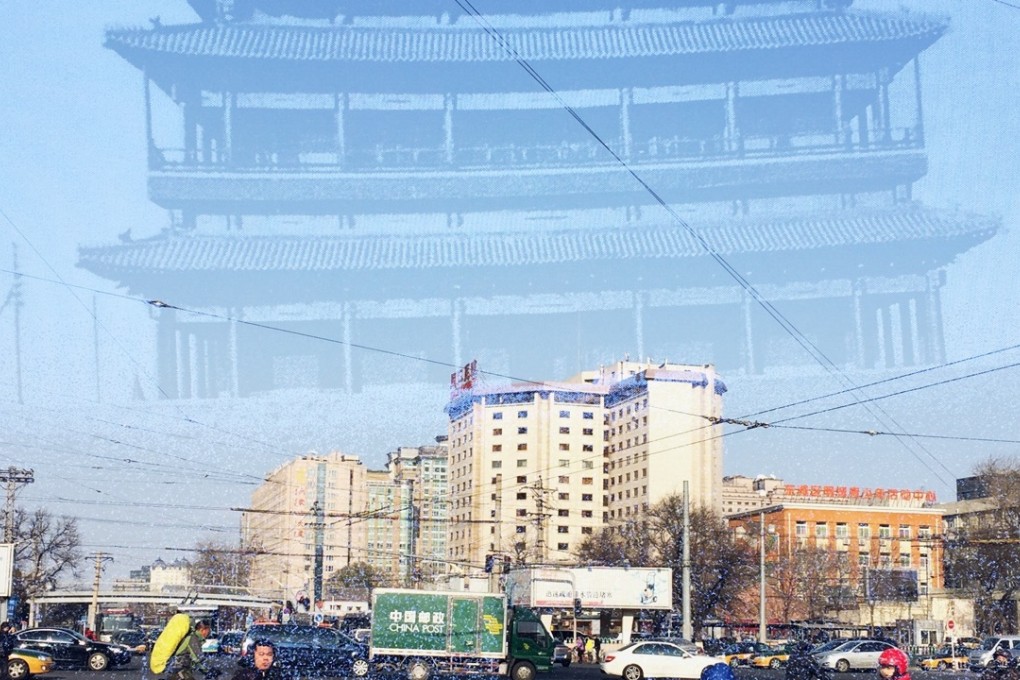Beijing’s lost Inner City revealed: photographer recreates ancient gateways to the Qing dynasty
The ghosts of the Qing dynasty’s architectural glory rise once again above its modern day buildings thanks to technology and a keen eye

China’s transformation has been elegantly displayed in pictures by showing what’s missing, in this series shot with an iPhone in Beijing. South China Morning Post photographer Simon Song went to the former sites of ancient gates of the Inner City, which protected the palace of the Ming and Qing dynasties (14th to 19th centuries). Beijing’s no. 2 subway line follows the path of the inner city’s former walls, and now readers can too with the included map and these ghostly images.

1. Deshengmen Gate Tower

Due to the wars after the fall of the Qing dynasty, as well as the city development, the city gates were not well maintained and many of the enclosures and embrasured watchtowers were destroyed due to road and railway construction, or other urban development projects. In 1950s and ‘60s, most gate towers were demolished when the subway was built.
The layout of Beijing in Ming and Qing dynasties was made up of three parts: the Imperial City, Inner City and Outer City. The Imperial City is at the core within the Inner City. The Outer city is south of the Inner City.
The Inner City has the Zhengyangmen Gate, Chongwenmen Gate, Xuanwumen Gate, Fuchengmen Gate, Xizhimen Gate, Deshengmen Gate, Andingmen Gate, Dongzhimen Gate, and Chaoyangmen Gate.
Only the Zhengyangmen Gate Tower and embrasured watchtower, and the Deshengmen embrasured watchtower still stand. Beijing’s No.2 loop line subway is built right under the old Inner City line.